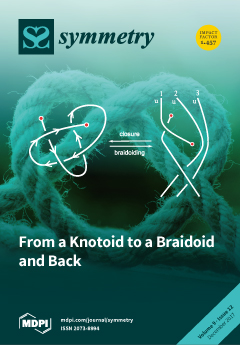Mathematical modelling is an important aspect in apprehending discrete and continuous physical systems. Multipolar uncertainty in data and information incorporates a significant role in various abstract and applied mathematical modelling and decision analysis. Graphical and algebraic models can be studied more precisely when multiple linguistic properties are dealt with, emphasizing the need for a multi-index, multi-object, multi-agent, multi-attribute and multi-polar mathematical approach. An
m-polar fuzzy set is introduced to overcome the limitations entailed in single-valued and two-valued uncertainty. Our aim in this research study is to apply the powerful methodology of
m-polar fuzzy sets to generalize the theory of matroids. We introduce the notion of
m-polar fuzzy matroids and investigate certain properties of various types of
m-polar fuzzy matroids. Moreover, we apply the notion of the
m-polar fuzzy matroid to graph theory and linear algebra. We present
m-polar fuzzy circuits, closures of
m-polar fuzzy matroids and put special emphasis on
m-polar fuzzy rank functions. Finally, we also describe certain applications of
m-polar fuzzy matroids in decision support systems, ordering of machines and network analysis.
Full article





